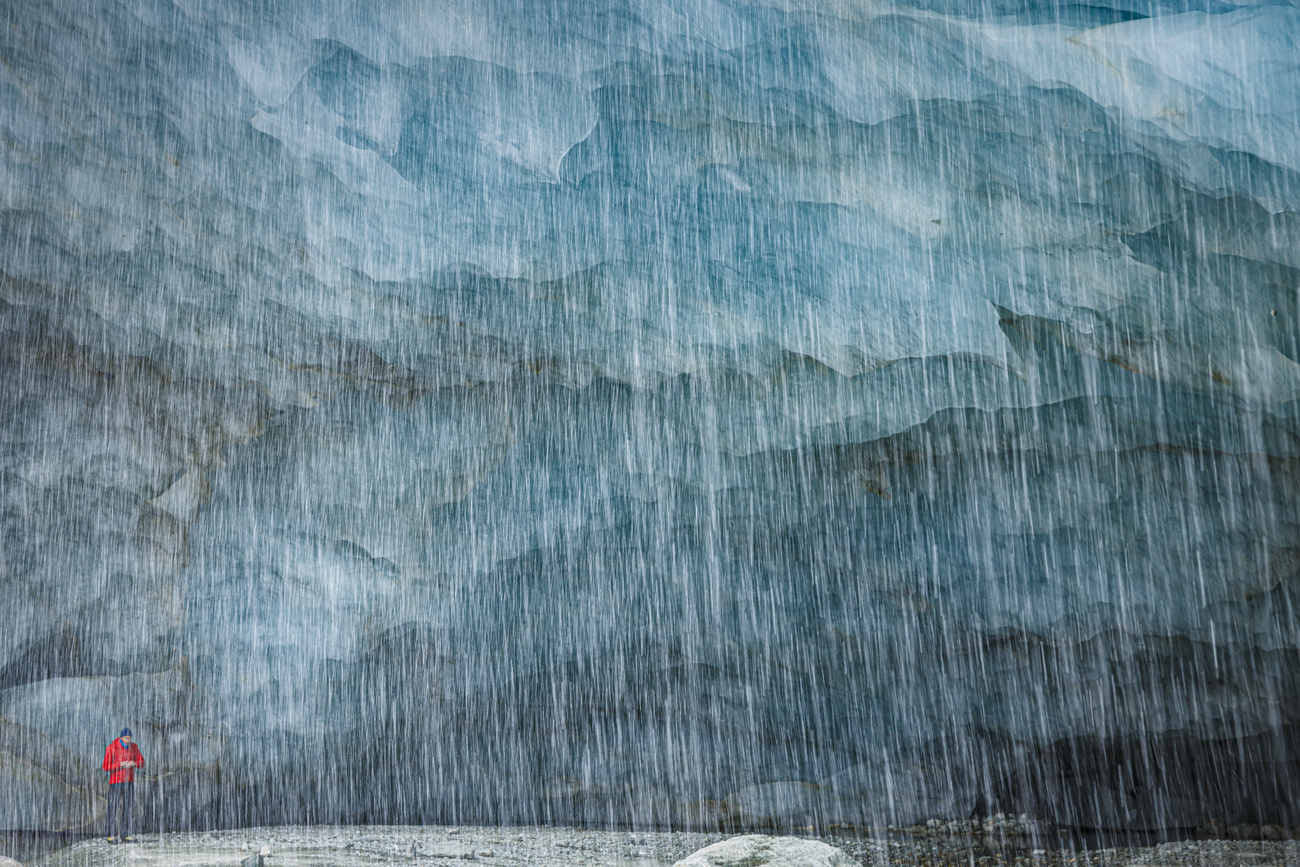Mystery Roman find opens to public

The remains of a 1,700 year-old well, discovered two years ago, are being opened to the public at the site of the Roman town of Augusta Raurica. Archaeologists believe the well was the scene of a crime after discovering five skeletons during the dig.
Since making the find, archaeologists have been trying to piece together how the victims died and why they ended up in the well. The head of the culture department in canton Basel Country, Peter Schmid, said they suspect foul play because a well cannot have been used as a regular burial site.
In addition, he said, cuts were found in the bones of one skeleton, and these appeared to have been inflicted by a sword or axe.
Mystery also surrounds a second major discovery in the well. The dig revealed about 6,000 small clay moulds, apparently used to mint coins. But Schmid said even experts are unable to tell whether these were officially approved or counterfeit.
The moulds are thought to have been used to make coins in the first half of the third century AD, and although similar moulds have been discovered before at Augusta Raurica, and elsewhere, Schmid said this is the largest haul ever found in the former Roman empire.
Visitors to the newly renovated well will not see much evidence of these mysteries, but it is a particularly well-preserved Roman construction. As of next Sunday, visitors will be able to see the site much as it would have appeared at the time.
The four-metre deep well has remained undamaged since the Roman period, and only needed strengthening at certain points. Access to the well is through the same 12-metre tunnel used 1,700 years ago.
Above the well, the remains of Roman baths have also been uncovered, and together form a new extension to the open-air museum at Augusta Raurica. The site of the former Roman town, which in its heyday housed 20,000 people, also includes the remains of the Forum (market place), Curia (town hall) and theatre.
The site near the city of Basel in north-western Switzerland attracts about 140,000 visitors per year.
swissinfo with agencies

In compliance with the JTI standards
More: SWI swissinfo.ch certified by the Journalism Trust Initiative








You can find an overview of ongoing debates with our journalists here . Please join us!
If you want to start a conversation about a topic raised in this article or want to report factual errors, email us at english@swissinfo.ch.